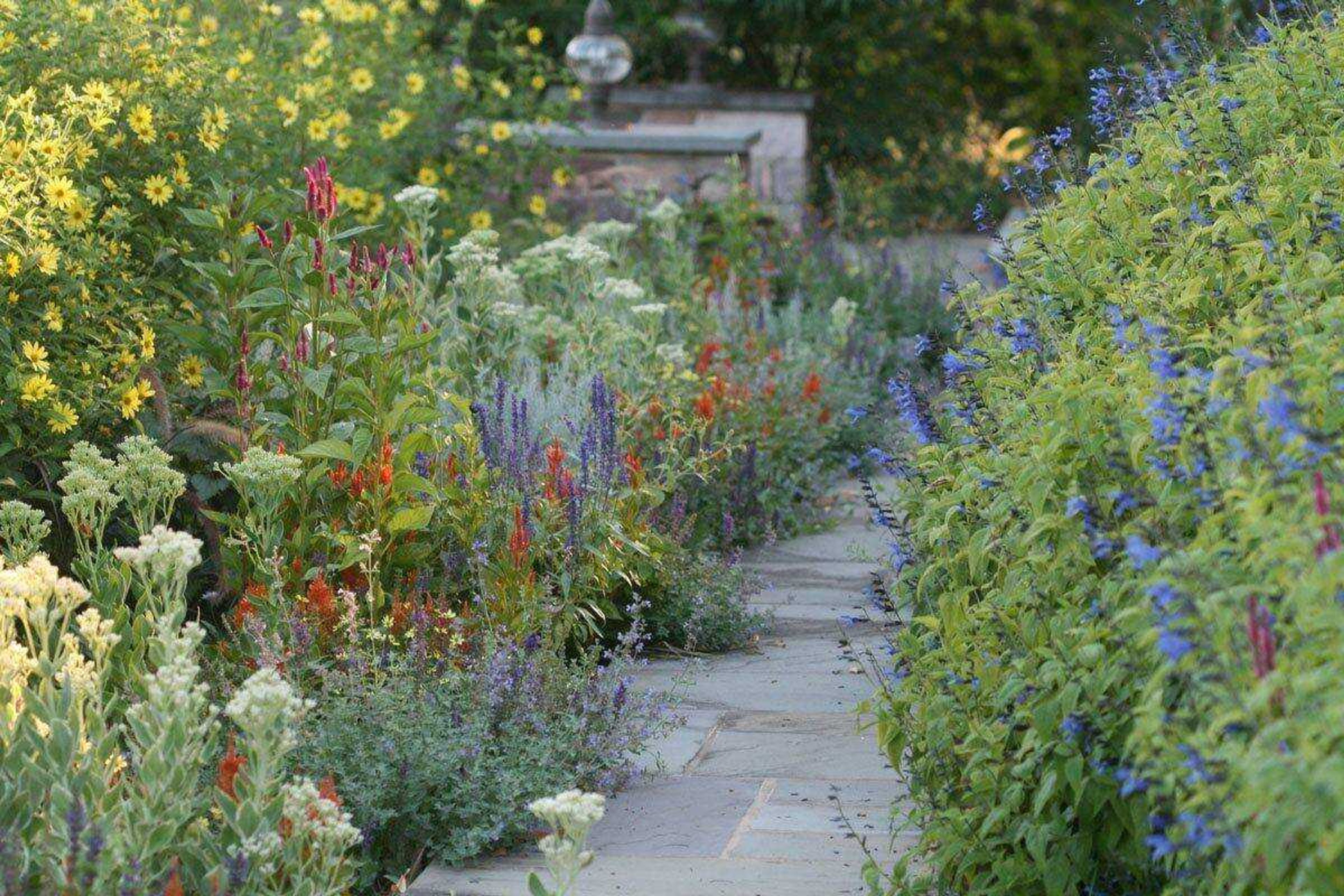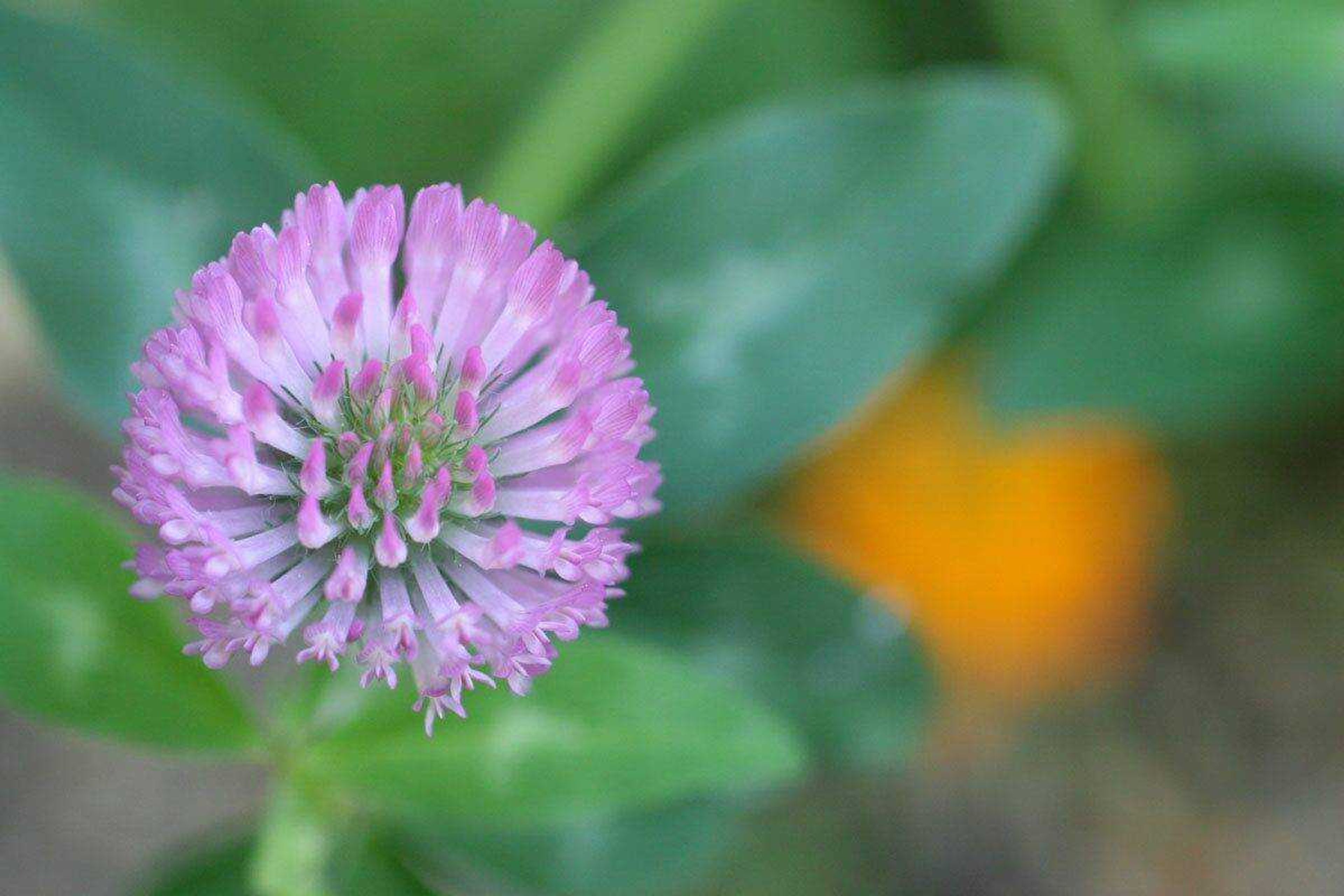Smart weeding: Some planning now can save time and back strain
Hand weeding is one of the most demanding chores in gardening, but it doesn't have to be that way. Mulching, spraying, plant crowding and inexpensive stand-up tools can ease much of the back-straining work. And the time to plan for it is now, before you use any of that homemade compost or build your budget for planting supplies...
Hand weeding is one of the most demanding chores in gardening, but it doesn't have to be that way. Mulching, spraying, plant crowding and inexpensive stand-up tools can ease much of the back-straining work.
And the time to plan for it is now, before you use any of that homemade compost or build your budget for planting supplies.
"Weed control is personal," said Barb Pierson, nursery manager for White Flower Farm, a mail-order nursery at Litchfield, Conn. "To me, there are two types of weeds. Those that spread quickly and look terrible, and those that don't look so bad but if you leave them in your garden, it will appear messy."
"Some people enjoy cottage or natural gardens that have tons of weeds, but you don't notice them because the flowering plants are so big and bodacious," Pierson said. "Yet if you have a simple garden, those weeds will stand out."
It pays to know your plants before uprooting anything, she said. "Otherwise you might pull up something you like -- something attractive that's trying to self-sow and naturalize, like violas or pansies."

Weeds generally are considered the thugs of the garden because they steal sun, water and nutrients that you're trying to direct toward edibles and ornamentals. They often appear unsightly and out of place.
But weeds have a positive place in nature. They can be used to prevent soil erosion, provide food and cover for pollinators, and supply organic matter to depleted ground.
Despite all that, it may be necessary to do some hand weeding around the yard. And there are ways to save time and effort doing it.
Weed after it rains, when the ground is softer and weeds are easier to pull. Weed when the plants are small. Weed whenever and wherever you see them pop up, at any time of year.
Or try:
* Crowding your favorite plants. "The lazy man's guide to gardening is to plant your flowers so tight there isn't room enough for any weeds to compete," Pierson said.
* Mulching. "Compost and leaves can smother weeds while making your soil healthier," Pierson said. Solarization, or spreading plastic sheets or "geotextiles" over the ground, also prevents unwanted germination.
* Using the right tools. Long-handled hoes, string trimmers and propane-fueled "flamers" have helped gardeners avoid many an aching back. But be careful about where you direct those flames. Leaves and wood mulch are combustible combinations.
* Spraying with synthetic herbicides. Weed-killing chemicals have proven effective, but don't overdo it. Targeting the spray rather than broadcasting it, and timing applications for windless days should reduce some of the ecological hazards. "Many people are using corn gluten now, which is more responsible for our groundwater," Pierson said.
Finally, if you can't beat them, eat them. One person's eyesore is another's salad.
Some of the most common edible weeds, such as Canada thistle, dandelion and wild mustards, can make appetizing side dishes or key ingredients in salads, said Emilie Regnier, a weed ecologist with Ohio State University.
"Remember, though, that like most other vegetables, weeds are most tasty when young and succulent," Regnier said in a Weed Science Society of America fact sheet. "So time your harvest accordingly."
Know what you're gathering, however, because some weeds are toxic, the Weed Science Society says. And avoid anything that may have been sprayed with pesticides.
Connect with the Southeast Missourian Newsroom:
For corrections to this story or other insights for the editor, click here. To submit a letter to the editor, click here. To learn about the Southeast Missourian’s AI Policy, click here.









